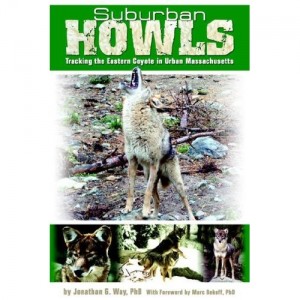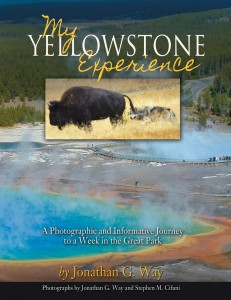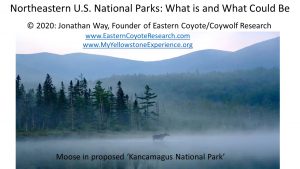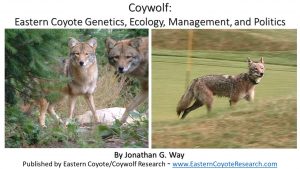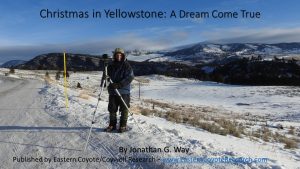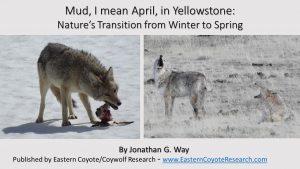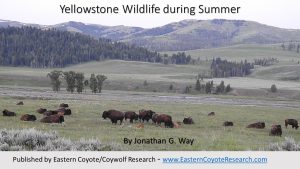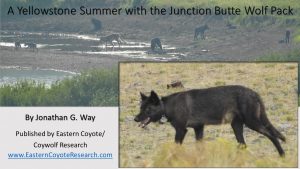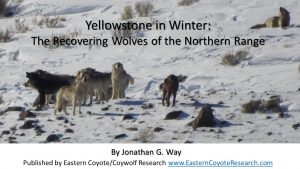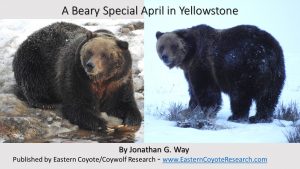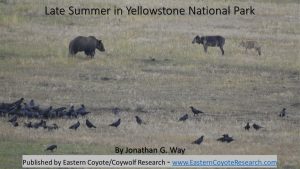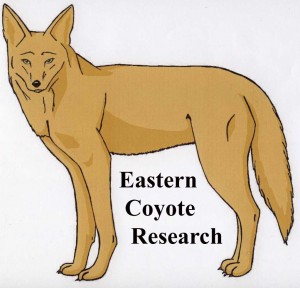Science-based wildlife management. My thoughts on the hypocrisy of state wildlife departments…
Science-based is a term that is often used to justify hunting seasons for a given species – i.e., “we used science to guide our decision”. But what does that really mean? Lets be absolutely clear, in my (and many others’) opinion there is little science in setting hunting seasons for most species, and it is often determined by trial and error. Wildlife is still managed for hunters and maximum sustainable yield, which I don’t even think is that accurate since state agencies have no idea of how many game species (like deer on the Cape) live in many areas, especially here in Massachusetts.
State wildlife departments often say they use “science-based management” in their decisions, especially the director, but I don’t even think he/they know what that means – which again, is their technical way of saying, we want hunters (a small minority of the population) to kill as many animals as possible and as long as they don’t go extinct (which is highly unlikely for most species especially coyotes/coywolves in this day and age of low hunter participation) then it is science-based. Most often hunting seasons are set by trial and error and if the “harvest” (a word I hate for animals, they are not crops; instead use the term “kill”) stays steady then it is assumed that they are doing alright in their “science-based management”.
State agencies are selective with their “science-based management” and ignore many published scientific articles showing: 1) the importance of individuals; 2) the importance of predators on a landscape, often in biological significant numbers; and 3) the social nature of canids, among other reasons. Science-based for them is to look at one or two published studies that show that you can kill X percent of the population and it won’t go extinct, which we all know by now. It might also mean that state game agencies receive less calls (because fewer hunters are complaining) when we increase hunting seasons, so it (increased hunting) must be working, with no evidence to support their claim. It essentially says, “Shoot first, and ask questions later.”
However, this type of thinking is very outdated and hypocritical. For instance, it ignores modern scientific research that shows that many animals (coyotes/coywolves for example) are social, intelligent, family-oriented animals. It ignores a vast body of data on the importance of predators in an ecosystem and rarely, if ever, is there any data or way of knowing what effects a given hunt has on a predator and how it might affect its ecological impacts. Most frustrating for me, science-based (a.k.a. maximum sustainable yield) ignores the growing body of wildlife watchers (outnumbering hunters 30 to 1 and outspending them 10 to 1 here in MA) and how they like to watch individual animals. State wildlife agencies seemingly ignore the wildlife watcher that often likes to watch individuals of whatever species they observe. Yet wildlife watchers (many of whom also hunt) have no voice if someone wants to shoot and kill the animals they like to observe, which is most frustrating.
While I am getting off the subject of science-based management, I stand behind the assertion that little science is used to set hunting seasons but, instead, to maximize opportunities for hunters, who here in Massachusetts number less than 1 percent of the state’s population. And, after all, you can shoot and kill an animal only once, but you can watch it unlimited times, as long as it stays alive for people to watch it.
Furthermore, I will make the claim that wildlife managers are often hypocritical in their viewpoints. For instance, wildlife managers want scientists/biologists outside of their agency (people like me) to prove/show data for what effect hunts have instead of predicting it ahead of time. Of course, it is the ultimate “Shoot first and ask questions later” scenario. In other words, they will say that a season (like the coyote hunting extension season in 2007 in MA) was successful because more coyotes/coywolves were killed but none of their statements would survive peer review. For instance, what classifies as successful? There was never any documentation that a higher kill of coyotes led to fewer problems with the public, for instance. How can coyotes become less bold when hunters are allowed to shoot them at night under a pile of bait – nighttime is when coyotes are “supposed to be active” in urbanized areas to avoid conflicts with people. Yet state agencies are implicit in their thought process that a higher kill must lead to reduced conflicts without providing any accountability/evidence (“science”) supporting their views. It is dangerous and irresponsible to make these types of statements and claim that they are “science-based management decisions” when in reality success to them is often in the form of receiving less calls from hunters and potentially some angry home-owners. That is not science-based and if you collect no data besides dead animal body counts, you can not claim that something is science-based. But then to force other scientists and laymen to support their claims (e.g., often against a hunting increase) with science is the ultimate in hypocrisy. After all, when hunters just about solely pay the bill for state wildlife agencies (in this violation of public trust), shoot first and ask questions later is an easy mantra to subscribe to.
